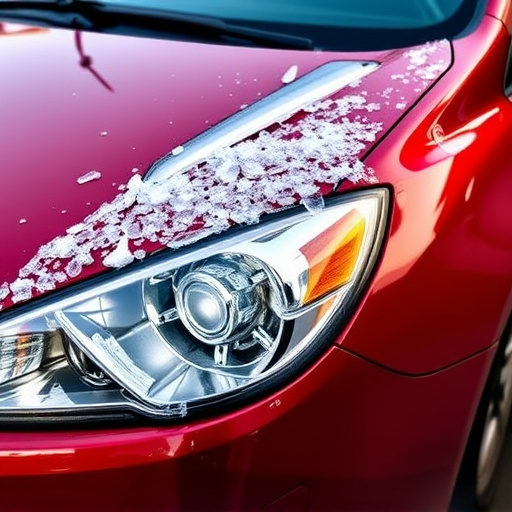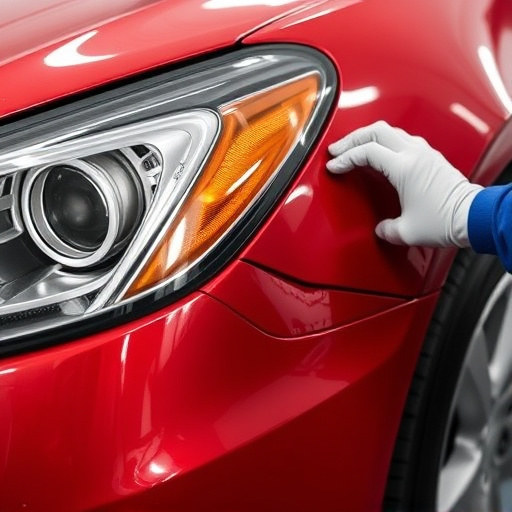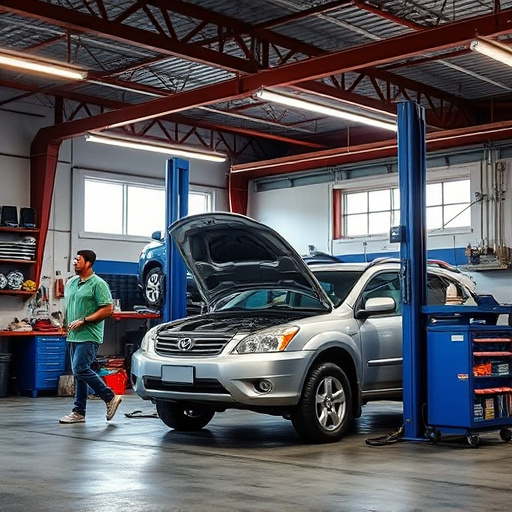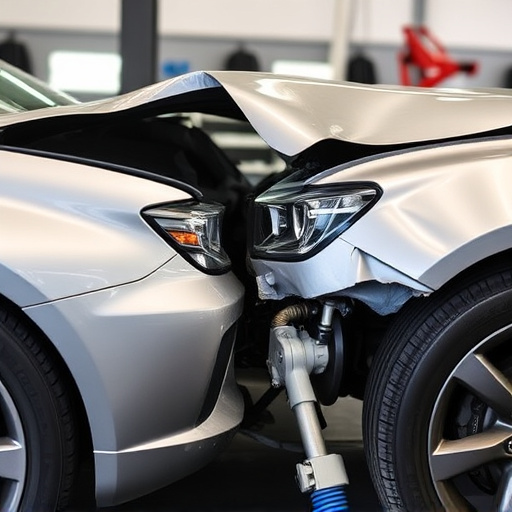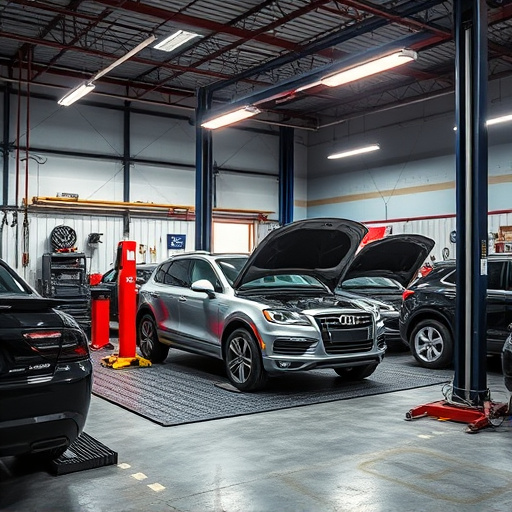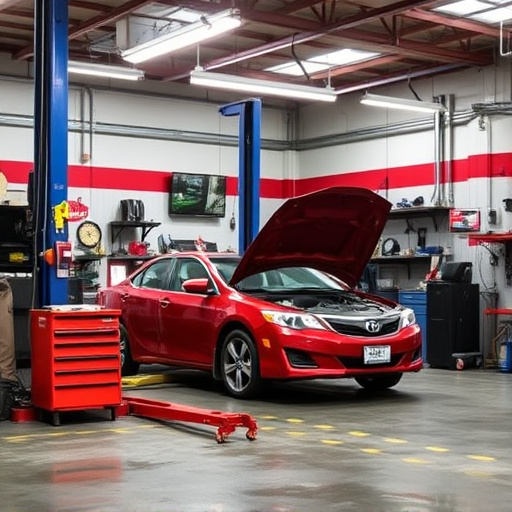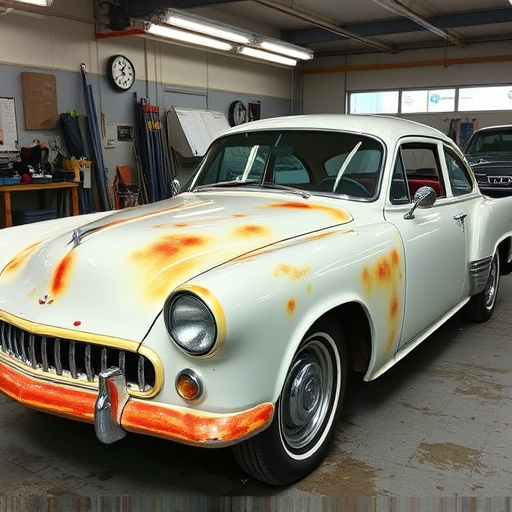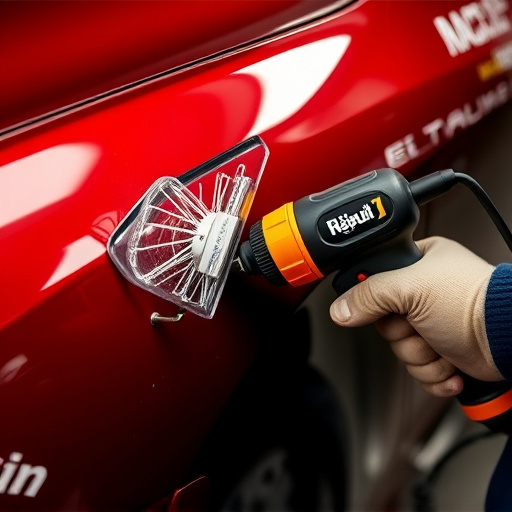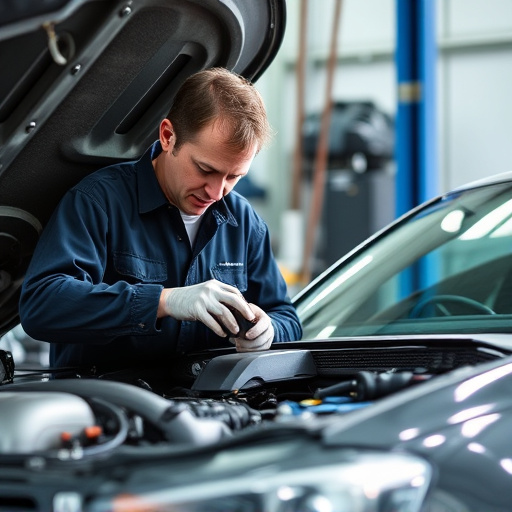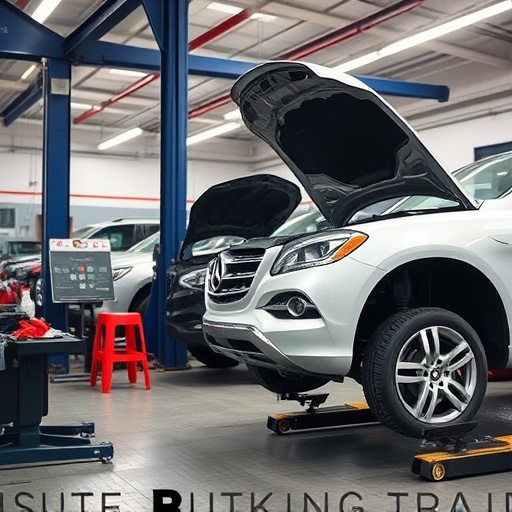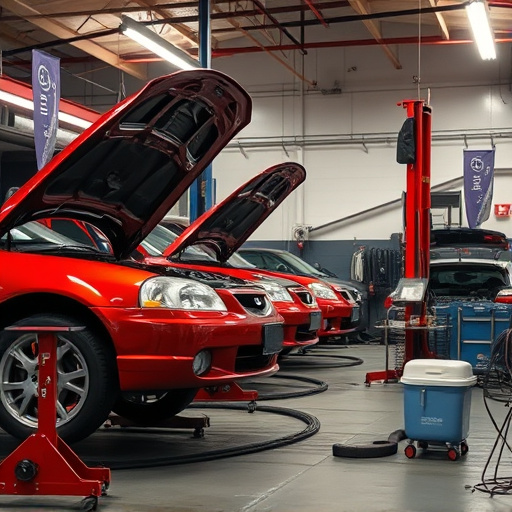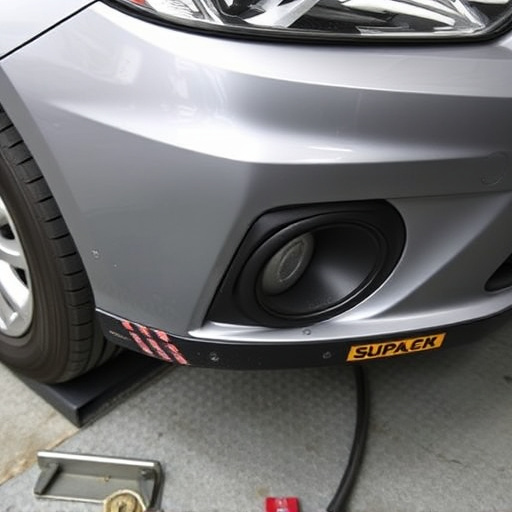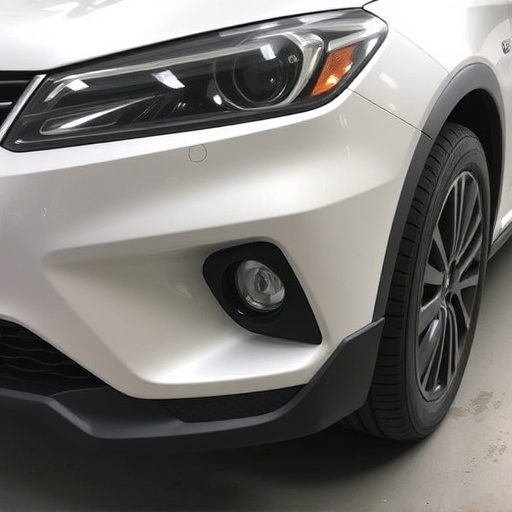Advanced scanning technologies like laser scanners and 3D imaging revolutionize trim restoration collision repair by creating precise digital models of damaged vehicle parts. This method streamlines repairs, enhances quality, ensures original design replication, and provides superior customer experiences. Real-time feedback systems integrate sensors and software to offer instant data on pressure, temperature, and paint consistency, reducing human error, lowering costs, and speeding up turnaround times for flawless results in fleet repair services and bodywork shops.
In the realm of automotive repair, achieving precision in trim restoration is paramount for satisfying outcomes. Modern technology plays a pivotal role in enhancing this process, ensuring meticulous craftsmanship and minimal wastage. This article explores three innovative approaches: advanced scanning technologies for accurate measurements, digital modeling to refine restoration accuracy, and real-time feedback systems that boost collision repair precision. By leveraging these tools, professionals can revolutionize trim restoration, delivering superior results.
- Advanced Scanning Technologies for Accurate Measurement
- Digital Modeling: Enhancing Trim Restoration Accuracy
- Real-Time Feedback Systems: Improving Collision Repair Precision
Advanced Scanning Technologies for Accurate Measurement
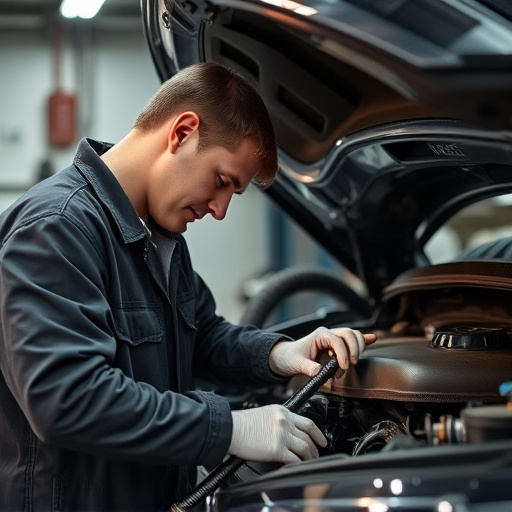
In the realm of trim restoration collision repair, advanced scanning technologies are revolutionizing precision and efficiency. These cutting-edge tools employ laser scanners and 3D imaging to capture exact measurements of damaged vehicle parts, including complex trim pieces. By generating detailed digital models, technicians can precisely assess the extent of damage, enabling them to make informed decisions during the restoration process. This technology ensures that every curve, contour, and nuance of the original design is meticulously replicated, resulting in superior vehicle paint repair outcomes.
Gone are the days when estimating trim restoration collision involved guesswork. With advanced scanning, car dent removal processes become more streamlined, allowing for accurate and consistent measurements across various makes and models. This not only expedites the overall repair process but also enhances the quality of car repair services by minimizing errors and misjudgments. By leveraging these innovative tools, technicians can confidently restore trim to its original state, ensuring a seamless and satisfying customer experience.
Digital Modeling: Enhancing Trim Restoration Accuracy
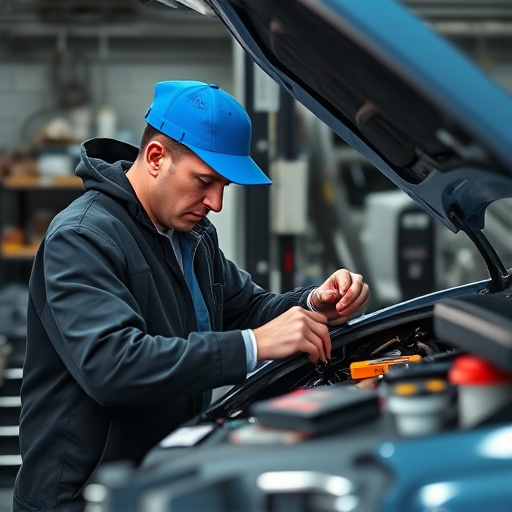
Digital Modeling: Revolutionizing Trim Restoration Precision
In today’s digital era, the automotive industry has witnessed a significant transformation in trim restoration collision precision. Gone are the days when manual measurements and traditional techniques dominated the field. Digital modeling has emerged as a game-changer, offering unprecedented accuracy and efficiency in trim restoration processes. By utilizing advanced 3D scanning technology, collision centers can now capture precise data of damaged components, enabling them to create exact digital replicas. This innovative approach allows for meticulous analysis and planning, ensuring every detail is accounted for during the repair process.
This digital modeling method not only streamlines the workflow but also minimizes errors commonly associated with manual measurements. Collision damage repair technicians can quickly identify and address issues, resulting in superior auto body repairs. Moreover, this technology facilitates communication between experts, as detailed digital models can be easily shared and reviewed, ensuring a consistent standard of quality across various collision centers. With its ability to enhance accuracy and productivity, digital modeling is undoubtedly a significant advancement in the realm of trim restoration collision precision.
Real-Time Feedback Systems: Improving Collision Repair Precision
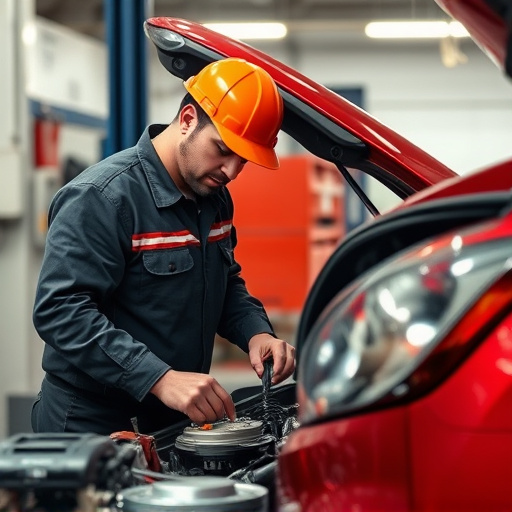
Real-time feedback systems are transforming trim restoration collision precision in the automotive industry. These cutting-edge technologies enable technicians to receive instant information about their work, allowing for immediate adjustments and corrections during the repair process. By integrating sensors and advanced software, these systems provide data on various factors such as pressure, temperature, and paint consistency, ensuring that each step of the trim restoration is executed with utmost precision. This real-time oversight significantly reduces human error, leading to more consistent and high-quality collision repairs.
This enhanced precision not only benefits individual car owners but also fleet repair services and car bodywork shops. With improved efficiency and reduced rework, these businesses can lower operational costs and turn around times, enhancing their overall service offerings. Moreover, the accuracy afforded by real-time feedback systems contributes to the aesthetics of auto painting, ensuring that restored vehicles not only function flawlessly but also look as good as new.
Technology has revolutionized trim restoration collision precision, transforming the automotive repair landscape. Advanced scanning technologies provide accurate measurements, while digital modeling ensures exact restoration. Real-time feedback systems further refine the process, minimizing errors and maximizing efficiency in trim restoration collisions. These innovations are a testament to how technology is enhancing the quality and speed of vehicle repairs.
